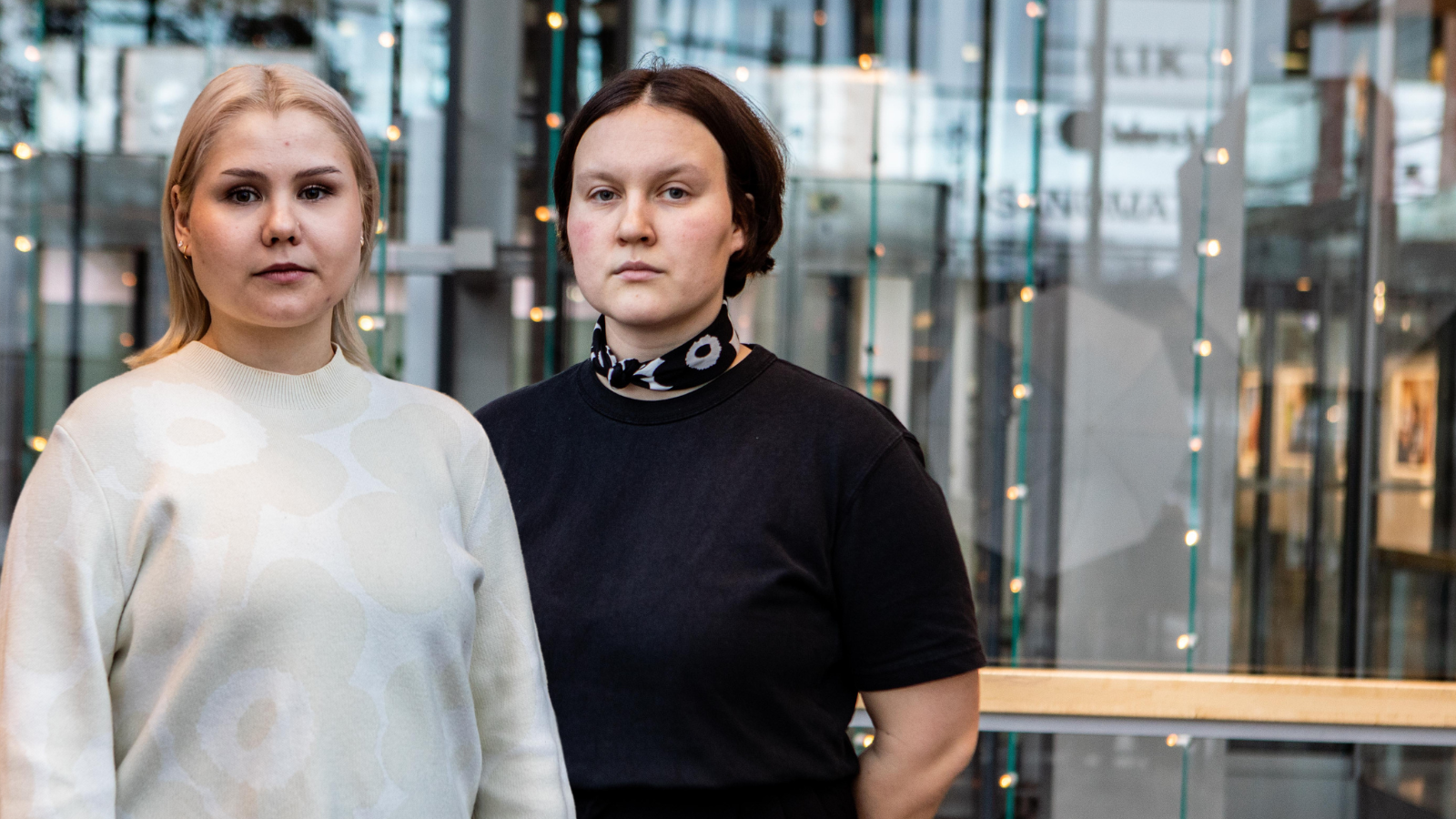As surely as winter turns to spring, the time came for the government’s spending limits discussion, where the government meets to decide on next year’s budget guidelines. The hot topics on the agenda were inequality, employment and skills. At the start of its term, the government made large cuts to the financial aid for students, education and social security, for example. Now, as the election approaches, they are trying to fill some of the gaps made by the cuts through minor investments.
Recently, there has been a lot of discussion about continuous learning and updating one’s skills. This topic has also been discussed during the Ministry of Education and Culture’s work on the vision for higher education. We are in the midst of a paradigm shift, where more flexible, individual and open learning challenges the traditional views on learning and being a student.
Together with the Finnish Business School Graduates and Social Science Professionals, we have proposed a platform model for higher education. Some familiar thoughts seem to have ended up on the list of measures of the continuous learning reform (Osaava Suomi):
- The education and learning environments of higher education institutions are made available to both individuals and the business sector.
- Parts of degrees or smaller study modules are available more openly and can be completed flexibly. Digital services will be created to support these activities.
- The importance of non-degree studies for the financial steering of higher education institutions will be increased.
A set of digital services to support continuous learning will be launched in cooperation with the Ministry of Education and Culture, the National Agency for Education and the Ministry of Economic Affairs and Employment. It will combine learning support services, services to map and identify skills, career planning and guidance services, and services to gain and develop skills. It is unclear how much money will be invested in these services. We have reminded the government that sustainable solutions must be found for funding continuous learning.
Great news from students’ perspective is that three million euros were reserved for the expansion of the services of Finnish Student Health Service (FSHS) to include students at universities of applied sciences (UAS)!
No changes have been made to the funding of higher education institutions either. Before the spending limits discussion, we issued a joint statement with Arene, Unifi, the Association of Finnish Independent Education Employers and SAMOK on the changes to the funding for higher education. We wanted to revoke the change that the funding is no longer tied to the index, but the government had no interest in this.
No changes were made to the financial aid for higher education students at this time, but a teaching materials supplement of 46 euros will be added to the financial aid of secondary education students with low income. The citizens’ initiative for a free secondary education managed to collect the required 50,000 signatures at the last minute and it remains to be seen what will happen to the initiative once it reaches Parliament. The teaching materials supplement is certainly a necessary element, which will increase education equality and reduce the number of students who discontinue their studies.
The government is planning to make it easier to employ unemployed young people through a change in the Employment Contracts Act. The change would mean that an employer can sign a fixed-term contract without a justified reason with a young person under the age of 30 who has been continuously unemployed for at least three months. The aim to promote youth employment is important, but it is clear that this measure will increase the uncertainty of and pressure on young people at a time when the competitive climate, the deteriorating dependency ratio and cuts place more and more responsibility onto the shoulders of the younger generation.
SYL thinks that making it possible to study while on unemployment benefits is a good way to support employment. For now, the reform only applies to short-term studies providing professional skills or supporting entrepreneurship, and which meet the activation requirements of the activation model. In future, all students and occupations should be treated equally and consistently regarding studying while on unemployment benefits. We also believe that the key project Career opportunities for people with partial work ability is an important way to increase employment. Making it possible to work part time supports the goal to lengthen work careers, and addresses the transformation of work and different kinds of situations in life.
This spending limits discussion is the current government’s last, and the theme of strengthening employment has been present throughout the four-year term. Recently, employment figures have improved and the rate at which the state is incurring debt has slowed down. The Minister of Finance stated that “we cannot live with our hands in the pockets of future generations,” which does suggest a willingness to create policies which focus on intergenerational equity. However, we have to ask whether slowing down the public borrowing will be enough compensation for future generations for the decisions and cuts which have been made simultaneously, and which reduce the opportunities of young people. A more multi-faceted analysis of intergenerational equity would not be amiss.
Miika Tiainen
President of SYL




